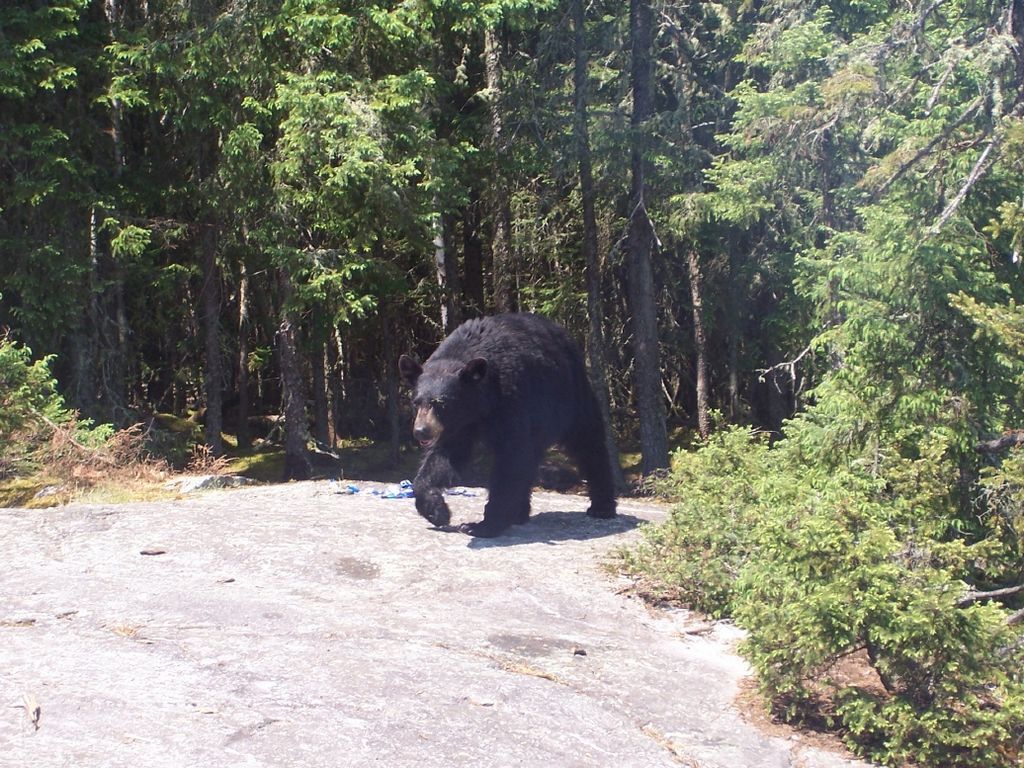GrizMountain
FNG
I have graduated in my life to hunting mule deer; specifically in far, western Montana. I have also been fortunate enough to draw the 2016, 202-50 deer tag. This means I am set on a location that is steep and thick. My concern and reason for outreach is this: This country is so thick that glassing is often a hard earned rarity that only grants limited vision of the area. Most tree-less terrain is grown in with thick underbrush of varying species that oft grow higher than head height. What tactics, books, people, did I say methods, anything you have for me.
Now I can find deer and even bucks in the dark, but it ends there. I won't know their antler size and honing in for the kill is a whole different book. I will hunt with each weapon as season allows until this tag is filled; or else the ducks will know about.
All help is greatly appreciated and it seems some of you are close enough for beers.
Now I can find deer and even bucks in the dark, but it ends there. I won't know their antler size and honing in for the kill is a whole different book. I will hunt with each weapon as season allows until this tag is filled; or else the ducks will know about.
All help is greatly appreciated and it seems some of you are close enough for beers.

